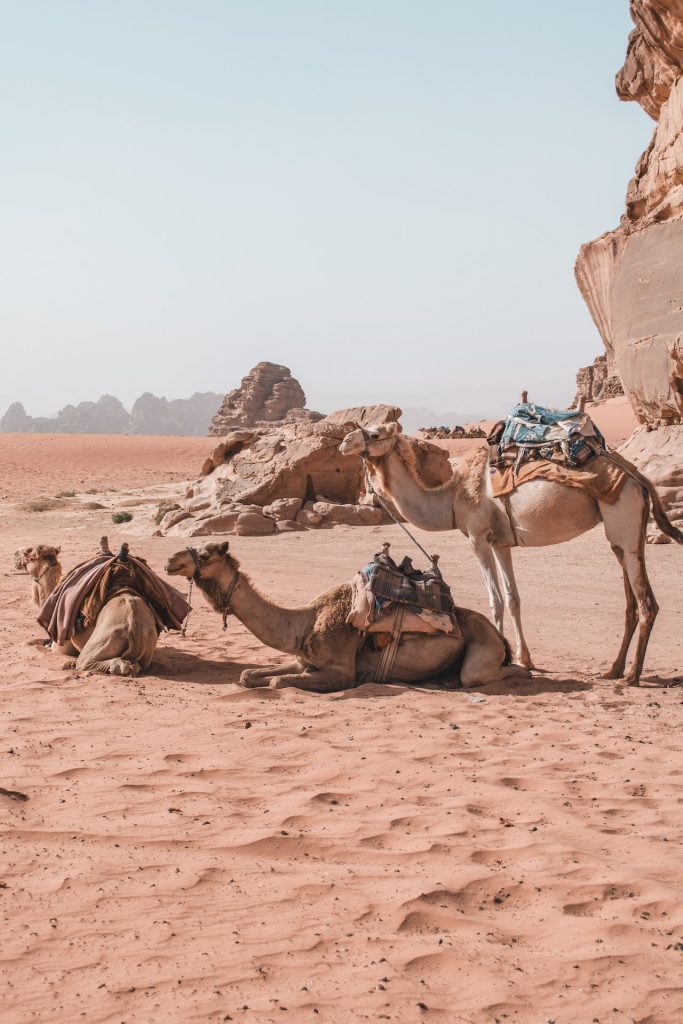Middle East GIS Data
Geographic Information Systems (GIS) can be a valuable tool for organizations and businesses operating in the Middle East. GIS can be used to analyze and visualize data related to a wide range of topics, including demographics, infrastructure, and natural resources. In the Middle East, GIS can be particularly useful for organizations working in areas such as oil and gas exploration, urban planning, and environmental management.
One way that GIS can be used in the Middle East is to help organizations better understand the demographics of the region. GIS can be used to analyze data related to population size and growth, age and gender distribution, and income levels. This information can be helpful for businesses looking to understand the potential market for their products or services, and can also be useful for governments and non-profits working to plan and deliver services to the community.
GIS can also be used to map out and analyze infrastructure in the Middle East. This might include data related to transportation networks, such as roads, airports, and ports. It might also include data related to utilities, such as water and electricity systems. By analyzing this data, organizations can identify areas where infrastructure is lacking or in need of improvement, and can make informed decisions about where to invest resources.
Finally, GIS can be used to help organizations better understand and manage natural resources in the Middle East. This might include data related to water resources, land use, and environmental impacts. By analyzing this data, organizations can identify areas where resources are being used efficiently and where improvements might be needed, and can also identify potential risks or impacts that need to be addressed.
Overall, GIS can be a valuable tool for organizations operating in the Middle East, helping them to better understand and manage the region’s data, resources, and infrastructure. Whether you are a business looking to expand into the region, or a government or non-profit working to serve the community, GIS can be an invaluable tool for understanding and managing the complex issues facing the Middle East.

WHAT ARE THE ADVANTAGES?
- Improved decision making: GIS can help organizations to make more informed and data-driven decisions by allowing them to visualize and analyze complex spatial data.
- Enhanced situational awareness: GIS can provide organizations with a comprehensive and up-to-date view of the situation on the ground, which can be particularly valuable in the rapidly changing Middle East.
- Better resource management: GIS can help organizations to optimize their use of resources, such as water and energy, by allowing them to visualize and analyze data related to resource availability and demand.
- Enhanced collaboration: GIS can facilitate collaboration between different organizations by allowing them to share data and collaborate on projects in a more efficient and effective manner.
- Increased efficiency: GIS can help organizations to streamline their operations and make better use of their resources by automating tasks and providing more accurate and up-to-date information.
Security and Defense Applications: Highlight how GIS technology is utilized for security and defense purposes in the Middle East, such as border surveillance, military planning, and critical infrastructure protection. This showcases the diverse applications of GIS beyond commercial and environmental sectors.
- Crisis Response and Humanitarian Aid: Emphasize the role of GIS in supporting crisis response efforts and humanitarian aid operations in the Middle East. Discuss how GIS enables organizations to coordinate emergency response activities, assess disaster impacts, and deliver aid to affected populations in a timely and efficient manner.
- Cultural Heritage Preservation: Explore how GIS is used for cultural heritage preservation in the Middle East, including archaeological site mapping, heritage conservation planning, and tourism development. This highlights the importance of GIS in safeguarding the rich cultural heritage of the region for future generations.
- Smart City Development: Discuss the role of GIS in driving smart city initiatives and urban development projects across the Middle East. Showcase how GIS technology is leveraged to optimize urban infrastructure, improve public services, and enhance the quality of life for residents in rapidly growing urban centers.
- Cross-Border Collaboration: Highlight the potential for cross-border collaboration facilitated by GIS technology in the Middle East. Discuss how GIS enables regional cooperation on shared environmental challenges, transboundary water management, and cross-border infrastructure development, fostering peace-building and diplomatic efforts in the region.




